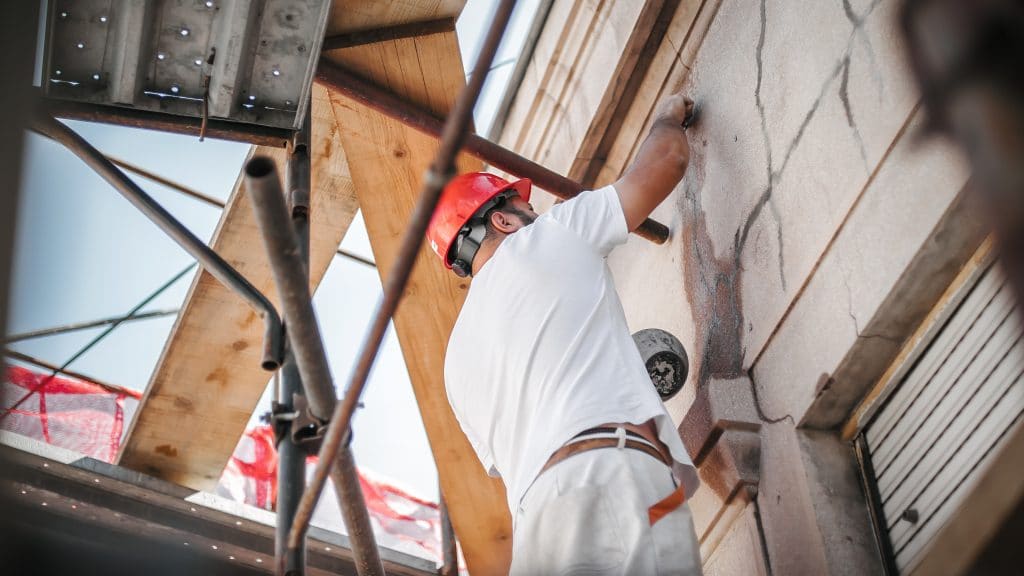
You might think that stronger is better for concrete building repair. However, when mortar is concerned, this is not necessarily the case. In fact, moderate and even slightly lower strength mortars are preferred over higher strength varieties for various reasons. In this article, we are taking a look at a few of those reasons.
Understanding the options
To choose the best mortar application, one must first understand the options at hand. Below is a brief overview of the four types of mortar along with their intended purpose:
- Type N – A general purpose mortar best used for interior walls, veneers, and above-grade exterior walls.
- Type S – Used in load-bearing applications and low-grade exterior walls.
- Type M – A high-strength mortar used to handle demanding freeze-thaw scenarios
- Type O – A low-strength mortar best used for interior masonry and repointing
Lower strength mortars allow a more significant amount of deformation under pressure. Furthermore, these mortars also can adjust to small amounts of movement and flexibility without cracking. This property is referred to as the modulus of elasticity. Generally speaking, the greater the strength of a mortar, the greater its modulus of elasticity. While this may seem ideal, a higher strength mortar allows for lesser amounts of movement. Thus, under certain conditions, the structure becomes more susceptible to cracking.
The elements of mortar
Mortar is comprised of three elements – aggregates, water, and a binder. Binders include cementitious materials, such as portland, blended, or masonry cement, along with lime. Alone or in combination, binders react with water, set, and harden.
To achieve the highest levels of effectiveness in concrete building repair, mixing the maximum amount of water appropriate for the given conditions and placement is crucial. Generally, a standard mix incorporates 3 parts aggregate to 1 part binder, but ratios fluctuate depending on the project.
No matter the equation, the perfect ratio enables the optimal amount of strength for a given project. This delicate combination allows for natural movement, expansion, and contraction that occurs with different weather conditions. Typically, an experienced mason and the person responsible for mixing decide the best consistency for the job at hand. Again, the perfect ratio assures not only an effective application but also long-lasting results.

For more information regarding concrete building repair, contact Abbot Building Restoration at 617-445-0274.


